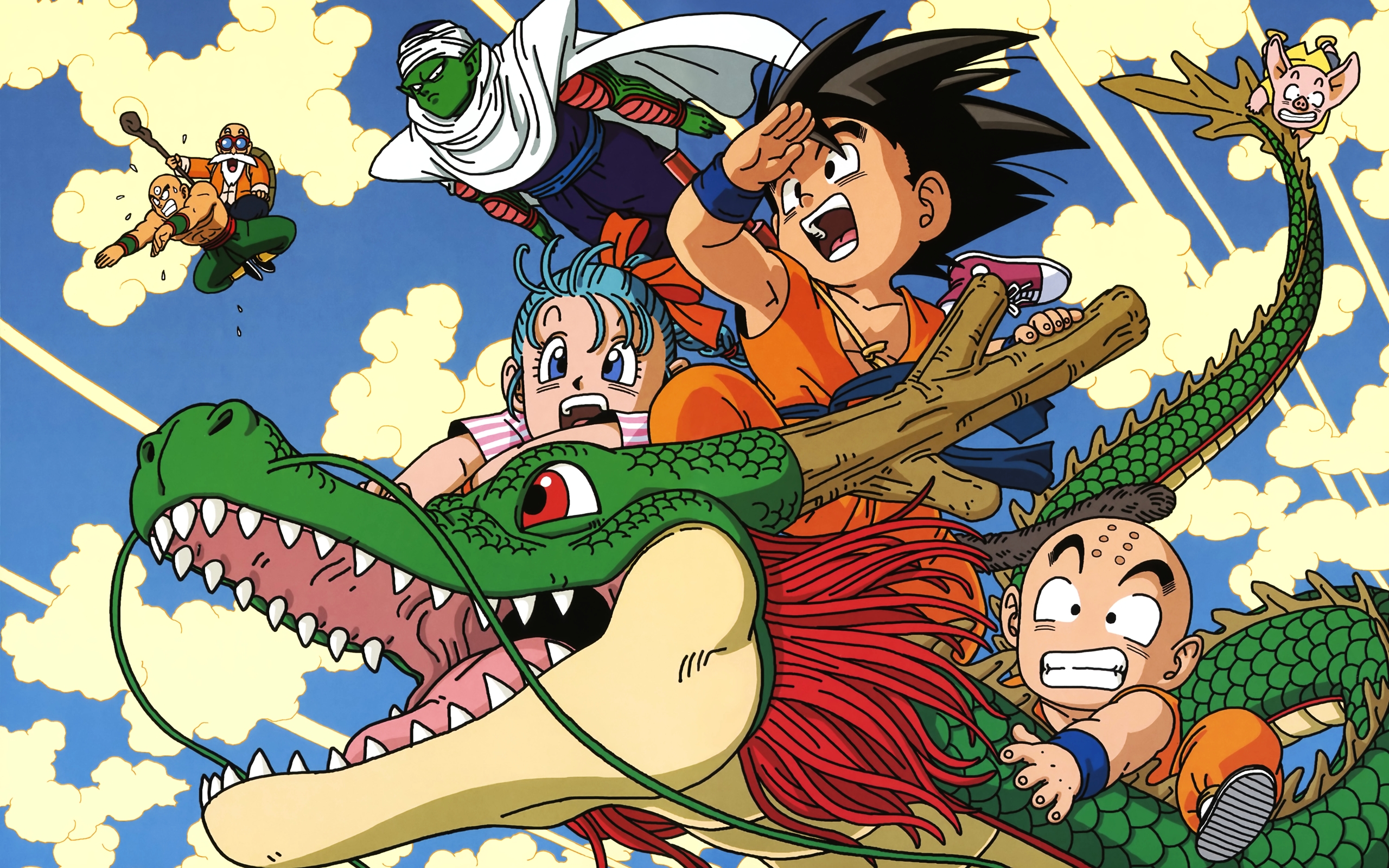A Plan for Action
My anime sample size is the following three anime: One Piece, Dragon Ball Z, and Spirited Away. For One Piece and Dragon Ball Z, due to time restrictions I will be watching only the first season of each. There are 43 dubbed episodes of One Piece in its first season, and in Dragon Ball Z, there are 28 dubbed episodes in the first season. Finally, Spirited Away is a 2 hour and 5 minutes long movie.
During my initial viewing period, I found that it was best if I used played both the subtitled and dubbed on a split screen and compared them scene by scene. From the initial viewing period, I found that I needed about one hour per episode to accurately transcribe all of the changes in the anime. So judging by that number, I expect to spend around 43 hours on One Piece, 28 hours on Dragon Ball Z, and around 4-5 hours on Spirited Away. Based on these numbers, there will be a minimum of at least 76 hours of research that I will need to conduct, but most likely I will be conducting somewhere around 80-100 hours of research.
 |
| Spirited Away is the only Japanese animated film to win an Oscar. |
To analyze my data, I will follow the guidelines of a thematic analysis laid out by Professor Virginia Braun of the University of Auckland and Professor Victoria Clarke of the University of West England. The five basic steps are: 1) collect the data, 2) generate initial codes from the data, 3) separate the codes into different general themes and sub themes, 4) evaluate the validity of the general themes, and refine the themes, 5) name the themes and sub themes. There are a lot of smaller steps along the process, but this is the basic outline of the process when I evaluate my data.
Once I finish, I envision my results to be a list of themes. Hopefully, I will be able to take the changes I find and make two different lists of themes. One list will represent the Japanese version of the anime, and the other list will represent the American version of the anime. I will aim to make two contradicting themes between each list, so say if the Japanese list has a theme of collectivism, then the American list will have a theme of individualism. This way I can show what themes are being changed as the anime shows are Americanized.
Word Count: Enough
Word Count: Enough








